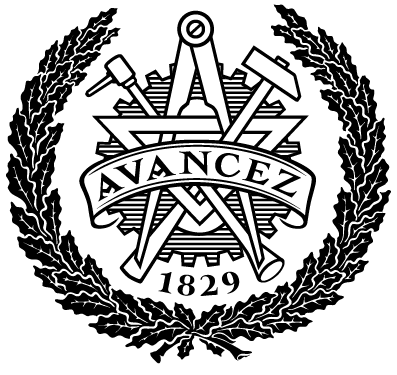Optimization of support structures for laser powder bed fusion by Design for AM
| dc.contributor.author | Svantesson, Rasmus | |
| dc.contributor.department | Chalmers tekniska högskola / Institutionen för industri- och materialvetenskap | sv |
| dc.contributor.examiner | Hryha, Eduard | |
| dc.contributor.supervisor | Pauzon, Camille | |
| dc.date.accessioned | 2022-01-03T13:30:40Z | |
| dc.date.available | 2022-01-03T13:30:40Z | |
| dc.date.issued | 2021 | sv |
| dc.date.submitted | 2020 | |
| dc.description.abstract | This master thesis has been carried out in the framework of the CAM2 (Centre for Additive Manufacture - Metal), at the department of Industrial and Materials Science, Chalmers University of Technology, Gothenburg, Sweden, as the final degree project in Master of Science in Product development. Additive manufacturing is a manufacturing method creating geometry from a defined CAD model, building the component geometry layer upon layer. One of several Additive manufacturing methods is Laser Powder Bed Fusion. A recoater dispenses a thin layer of metal powder on top of a build platform, and thereafter, a laser energy source melts the metal powder layer according to the corresponding cross-section from the CAD model. To produce parts with Laser Powder Bed Fusion, support structures are needed. Namely, extra material supporting the part during the print, dissipating heat away from the melt zone. In other words, supports are material that later will be removed during the post processing. Support structures can impact an additively manufactured part in several different ways. For example, these affect the heat dissipation during printing, the achieved surface finish, and the time it takes to remove the support structures from the part. Therefore a method to design novel Non-Contacting-Supports appears necessary to improve the process and was developed in the present work. A Design of Experiment was set up to find out the most influential design parameters of such Non-Contacting-Support. It could be applied to any material and hardware. A Proof-of-Concept showing the possibilities of AM and the use of a Non-Contact-Support was designed. This was done with the help of product development methods and considering Design for AM guidelines. Then, the Proof-of-Concept was printed in polymer using Laser Powder Bed Fusion to evaluate the design and make sure the design was robust and in a later stage ready for printing in metal. | sv |
| dc.identifier.coursecode | IMSX30 | sv |
| dc.identifier.uri | https://hdl.handle.net/20.500.12380/304422 | |
| dc.language.iso | eng | sv |
| dc.setspec.uppsok | Technology | |
| dc.subject | Design for Additive Manufacturing, LPBF, support structures, Non-contact-support, | sv |
| dc.subject | Product development, Design guidelines, Proof-of-Concept | sv |
| dc.title | Optimization of support structures for laser powder bed fusion by Design for AM | sv |
| dc.type.degree | Examensarbete för masterexamen | sv |
| dc.type.uppsok | H | |
| local.programme | Product development (MPPDE), MSc |
Ladda ner
Original bundle
1 - 1 av 1
Hämtar...
- Namn:
- Rapport_MSc_Rasmus Svantesson_final_report_20211222.pdf
- Storlek:
- 2.91 MB
- Format:
- Adobe Portable Document Format
- Beskrivning:
License bundle
1 - 1 av 1
Hämtar...
- Namn:
- license.txt
- Storlek:
- 1.51 KB
- Format:
- Item-specific license agreed upon to submission
- Beskrivning:
